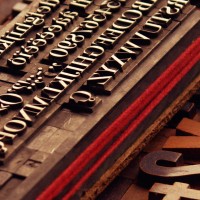In the last years, Ann Bessemans from Belgium researched how people, especially children with low vision, read type and how this is affected by the design of typefaces. In this guest article she explains her research and findings, and introduces her typeface Matilda, that was developed as a result of the research. My PhD research […]
Legibility Research: Type Design for Children with Low Vision



